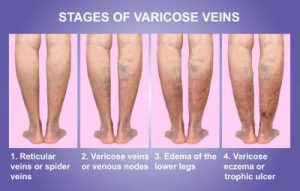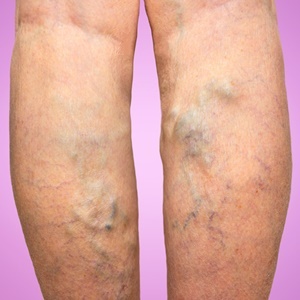
If you are wondering what are varicose veins, there are several things you should know. Pregnancy can cause varicose veins, as the increased blood volume is needed for the growing fetus. Other factors include age, obesity, and standing jobs. Some women also suffer from the condition due to prolonged sitting or standing. Fortunately, there are many treatments available, including sclerotherapy and other medical procedures.
The most common treatment is sclerotherapy, which involves injecting a special dye into the affected veins. The treatment process generally takes about an hour, but you should allow extra time for walking. After the procedure, you should wear compression stockings or tight stockings to ensure adequate blood flow. You should be able to walk for half an hour following the procedure to promote healing. If your condition persists after sclerotherapy, you should seek medical attention as soon as possible.
In order to reduce the risk of developing varicose veins, you should avoid prolonged standing or sitting. It is important to be aware of the risk factors that may lead to varicose veins. Besides sitting and standing for long periods of time, sitting and exercising regularly can cause swelling of the affected area. As a result, it is important to consult a doctor to get the proper diagnosis and treatment.
If you’re unsure about the type of treatment you need, a doctor can help you. Sclerotherapy is a treatment that involves injection of a solution into the veins. The procedure will take approximately one and a half hours, so plan to allow extra time for walking. Your doctor will prescribe compression hose and stockings after the treatment. You’ll also be required to wear tight stockings for the first couple of days after the procedure.
A doctor can diagnose varicose veins using a small probe. The doctor will use a continuous Doppler probe to check if the veins are visible. If the doctor believes that the symptoms are caused by the deep veins, a deeper ultrasound examination is needed to determine the cause. You can also undergo sclerotherapy on an outpatient basis. If symptoms persist after the procedure, contact your doctor.

The first step in treating varicose veins is to see a doctor. Your doctor will examine your legs and ask about your symptoms. He or she may also order a venogram, a procedure that uses high-frequency sound waves to examine the veins. After the venogram, the doctor will take an x-ray to assess the severity of the condition. The symptom will depend on the severity of the symptoms.
If you notice any of these symptoms, you should contact your doctor immediately. The condition may be similar to other health conditions, and your healthcare provider will perform a physical examination to make sure there are no other underlying problems. In addition to your health history, your healthcare provider may order a duplex ultrasound to check for any abnormalities. If you notice any of these symptoms, your doctor will determine the best treatment option for you.
Although varicose veins are not dangerous, they can affect a person’s appearance. Most people with varicose veins are concerned about their appearance. While they can be unsightly and uncomfortable, they can also cause bleeding, sores, and even discoloration of the skin. Although they may be unsightly, they are not a cause for concern. If you are experiencing symptoms of varicose veins, you should consult a doctor and begin treatment with a cream https://soteriabiotherapeutics.com/veniselle/.
The medical definition of varicose veins explains this condition in more detail. This is a disease that affects the legs, but is also a symptom of chronic constipation. If you are a heavy smoker, you may have a problem with varicose veins. Fortunately, the most common treatments for varicose veins are non-invasive and painless.
In addition to medication, varicose veins can also be treated through surgery. In severe cases, the patient may need to undergo an invasive procedure. This includes sclerotherapy, which involves injecting a chemical into the vein to cause scarring. In some cases, the enlarged veins are treated with sclerotherapy. Depending on the severity of the condition, other treatments can include a procedure called microphlebectomy.

Leave a Reply